Name at least 3 characteristics of life.
1. Made of genetic material, 2. Have cells, 3. Grow and Develop, 4. Maintain homeostasis, 5. React to the Environment, 6. Evolve, 7. Reproduce, 8. Make Energy
Nucleotides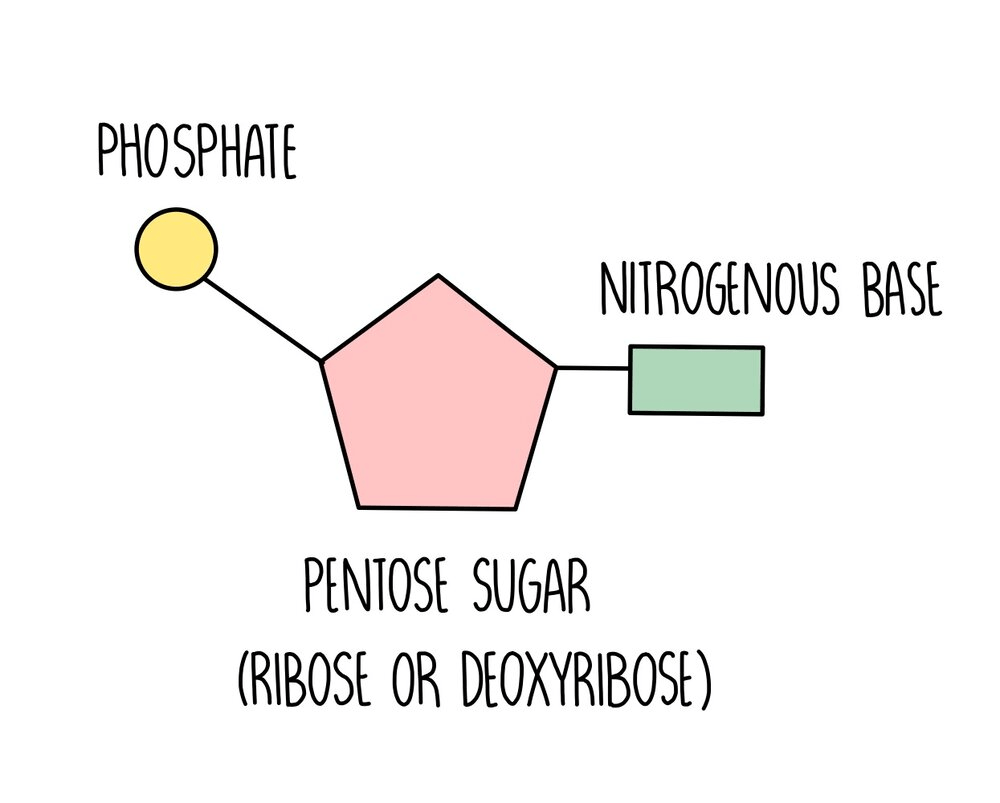
How are eukaryotes different from prokaryotes?
1. Eukaryotes DO have a nucleus. Prokaryotes have NO nucleus.
2. Eukaryotes keep their genetic information inside the nucleus. Prokaryotes do not.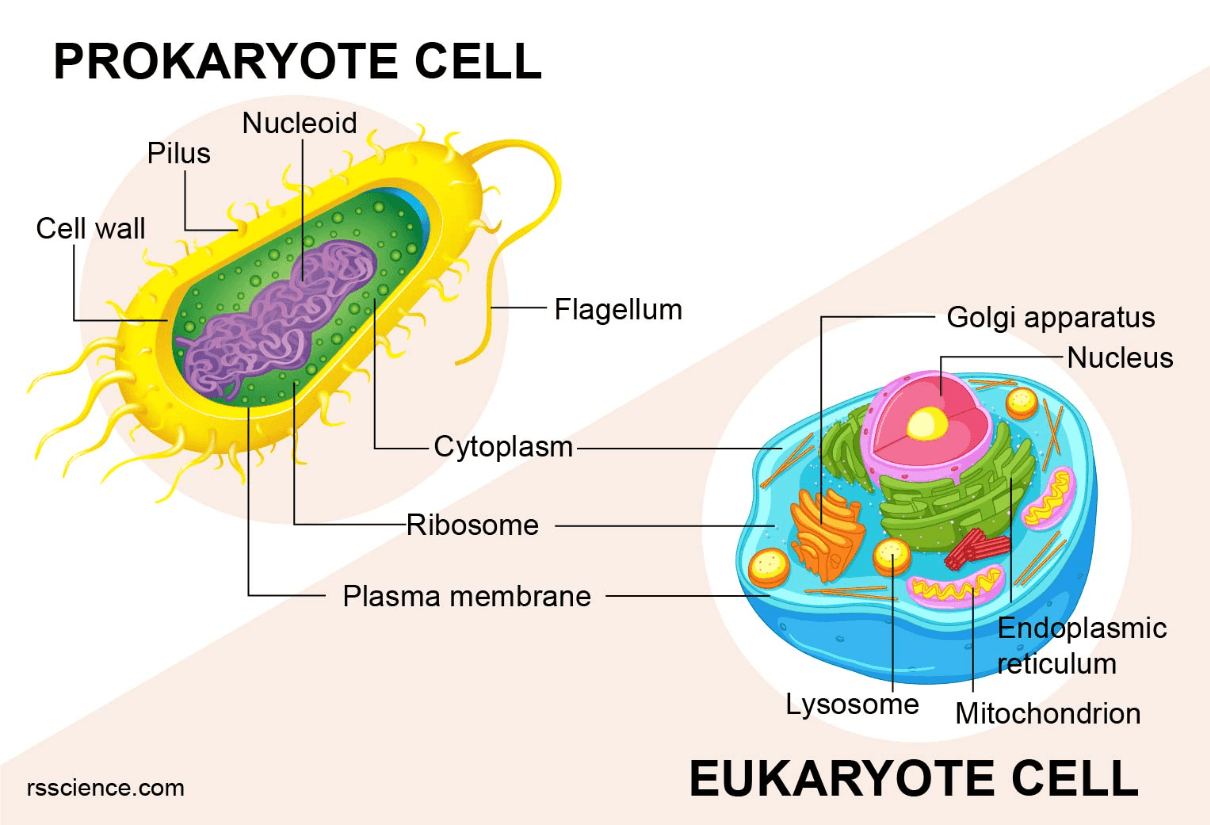
What would happen to a cell if is placed in a HYPOtonic environment?
Water would move INTO the cell... HYPOtonic environments make the cell GROW.
Enzymes are composed of what macromolecules?
proteins
One characteristic of life is that all living things respond to a stimulus. They do this in order to maintain a consistent (same) internal environment. What word means STAYING THE SAME?
Homeostasis
What is the purpose of enzymes?
Enzymes speed up reactions/lower the activation energy needed for a reaction.
What organelle makes proteins?
A ribosome.
Give one example of ACTIVE TRANSPORT.
Active transport requires energy: protein pumps, exocytosis, endocytosis.
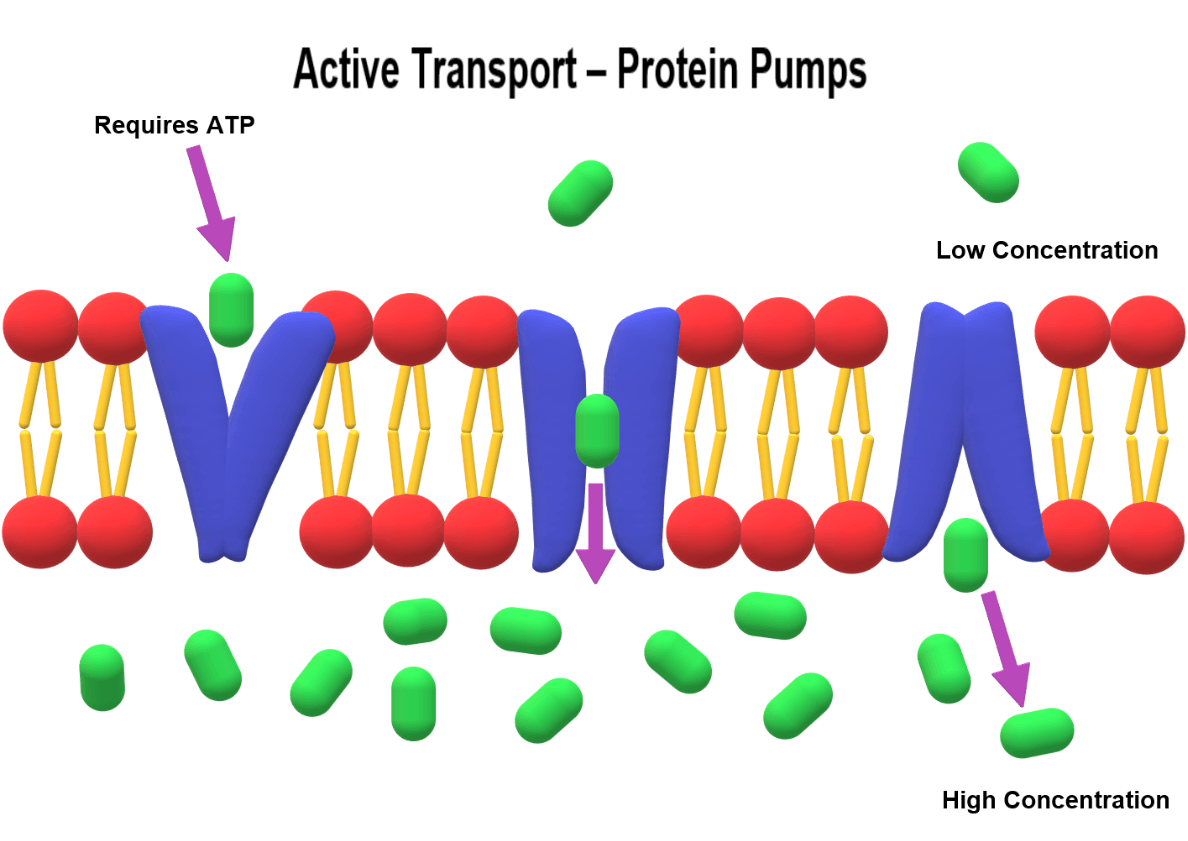
How do enzymes work?
Enzymes speed up reactions/lower the activation energy needed for a reaction.
Give one reason why biologists consider viruses to NOT be living things.
The can't 1) replicate on their own and 2) make energy on their own
Which macromolecule makes up the largest part of the cell membrane?
Lipids (remember--phospholipid bilayer!)
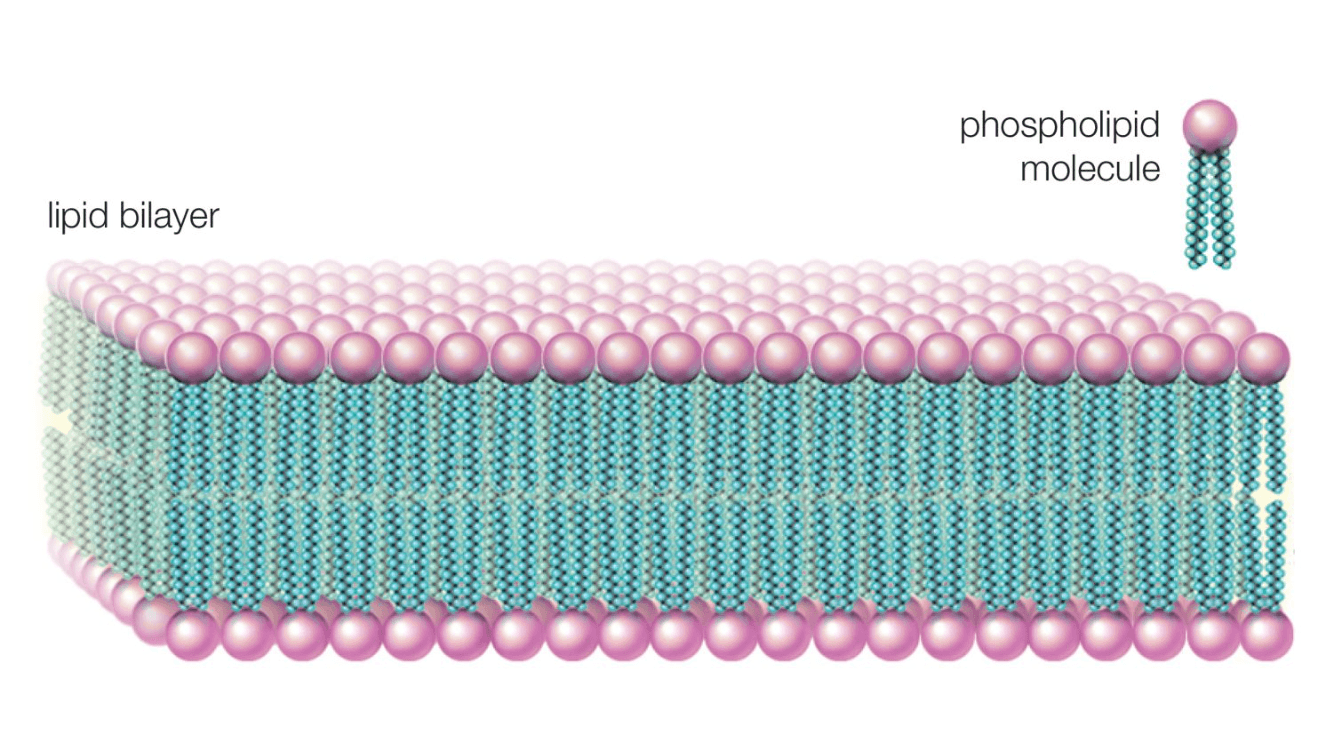
Are plant and animal cell proteins exactly the same?
No
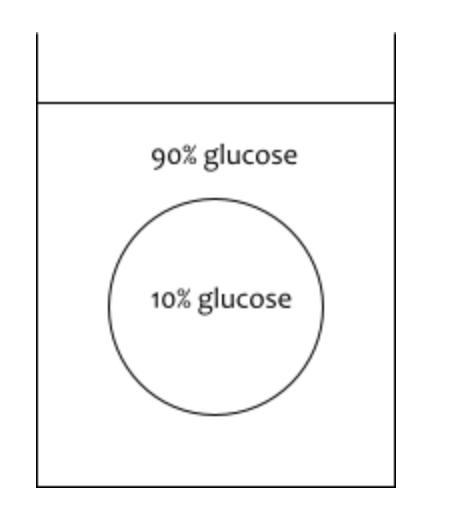 Look at the diagram of a cell in a solution. The cell membrane is permeable to water, but not glucose. Describe what would happen AND tell why.
Look at the diagram of a cell in a solution. The cell membrane is permeable to water, but not glucose. Describe what would happen AND tell why.
100-10% = 90% water INSIDE the cell. 100-90 = 10% water OUTSIDE the cell. Water will move OUT of the cell from high to low concentration. The cell will shrink.
The names of enzymes typically end in what suffix?
- ase
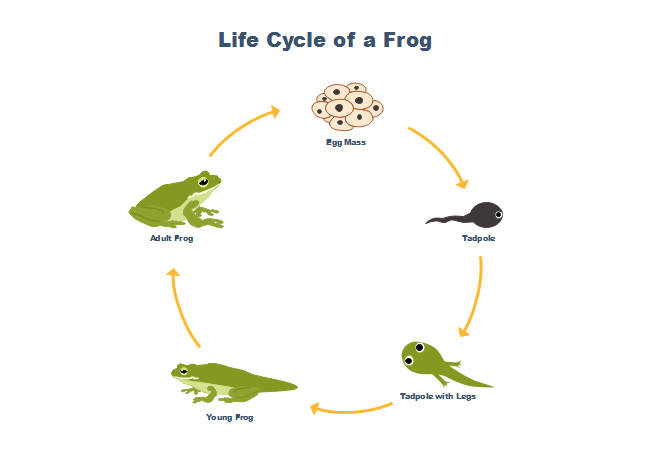 This frog changes from an egg to a tadpole, and finally to an adult frog. Which characteristic of life does this represent?
This frog changes from an egg to a tadpole, and finally to an adult frog. Which characteristic of life does this represent?
All living things grow and develop.
Give at least THREE functions of proteins.
1. Energy 2. Structure (muscles, bones, etc.), 3. Enzymes 4. Cell Communication 4. Transport across Cell Membrane 5. Movement, 6. Defense/immune, 7. Hormones
What would be an effect having a reduced amount of mitochondria>
Less energy available
Describe the cell membrane. Be sure to use these words in your answer: polar, non-polar, phospholipid.
The cell membrane is made of a PHOSPHOLIPID bilayer. The outside is POLAR carbohydrate, the inside is NON-POLAR lipid.
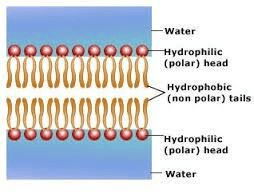
What do you call enzymes that can work in extremely hot environments?
Thermophiles
Name 2 similarities between viruses and living things
- Evolve
What are the monomers of lipids.
glycerol
fatty acids
How would exposing a protein to a temperature or pH that is not optimal for it affect its functioning?
It would denature (have it's structure changed) which could possibly cause it not to work properly or stop working.
What would happen to a plant if is placed in a HYPERtonic environment?
Water would move from the cell to DILUTE the environment. The cell would shrink. This will cause the plant to wither.
How does a competitor inhibitor stops the function of enzymes?
By blocking the active site where reactants will bind.